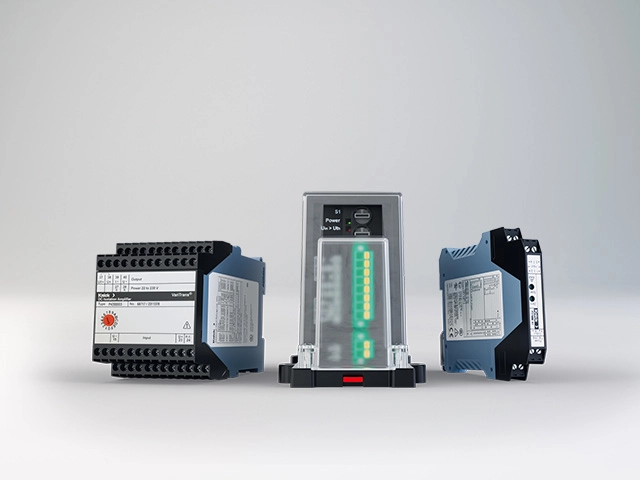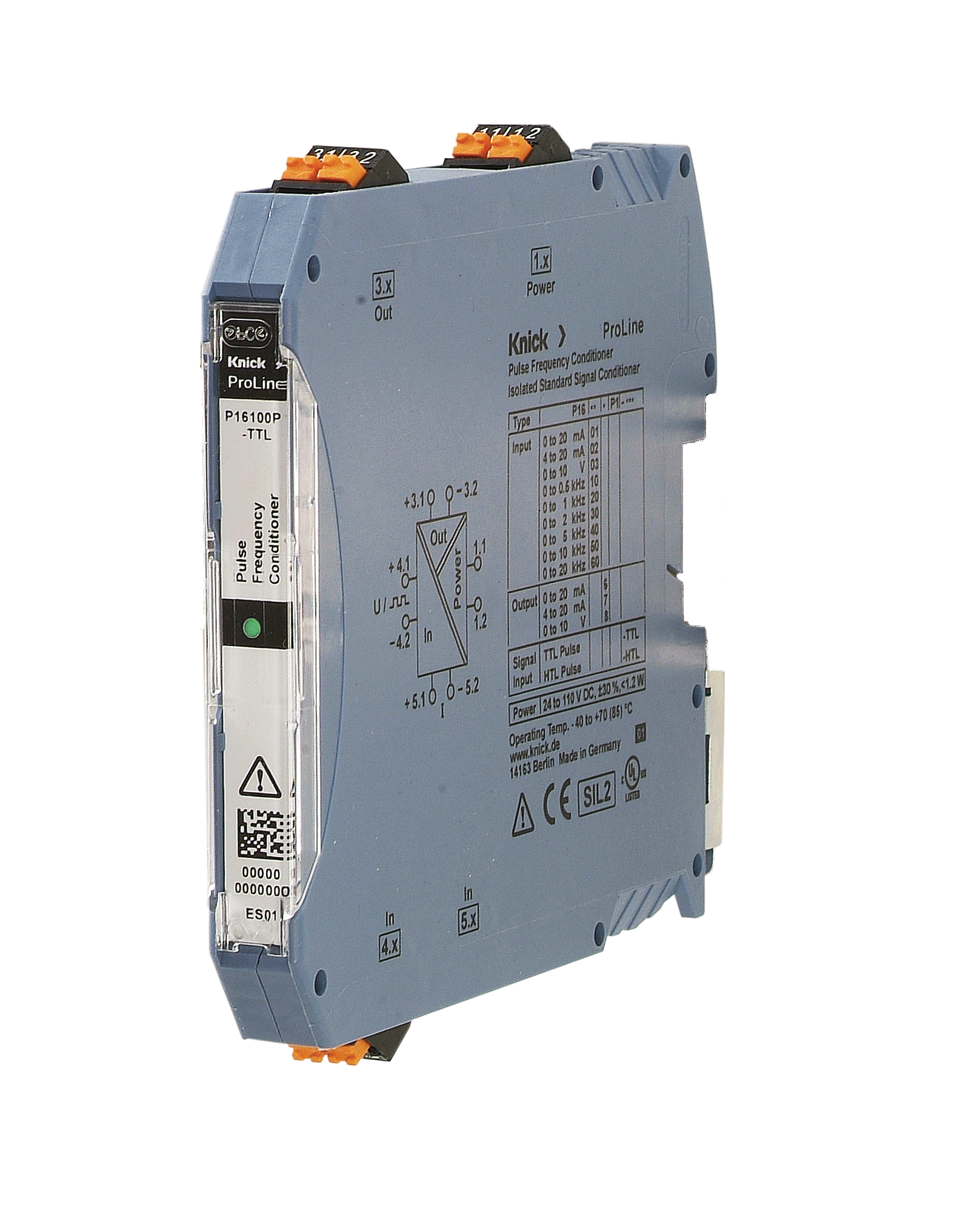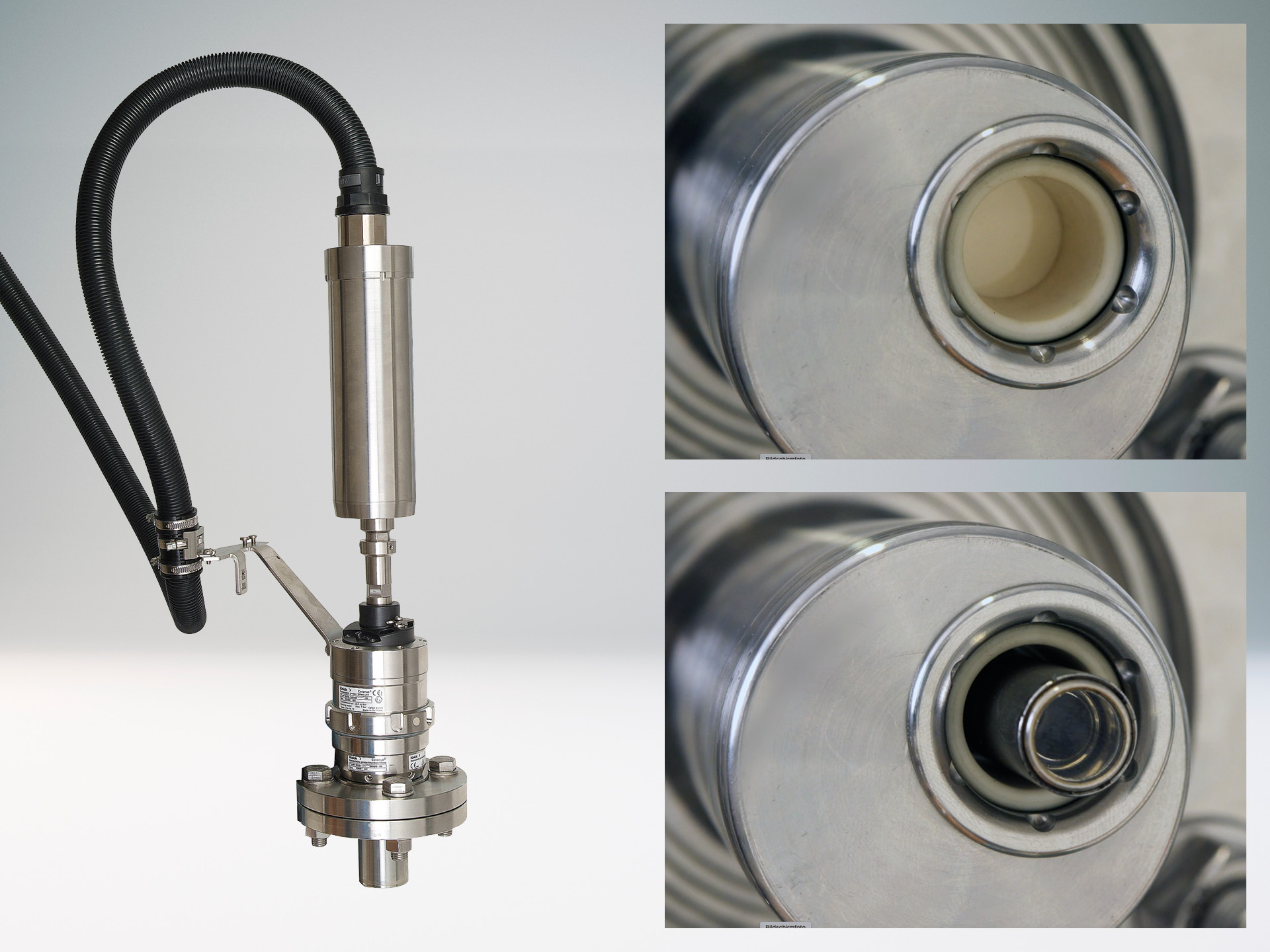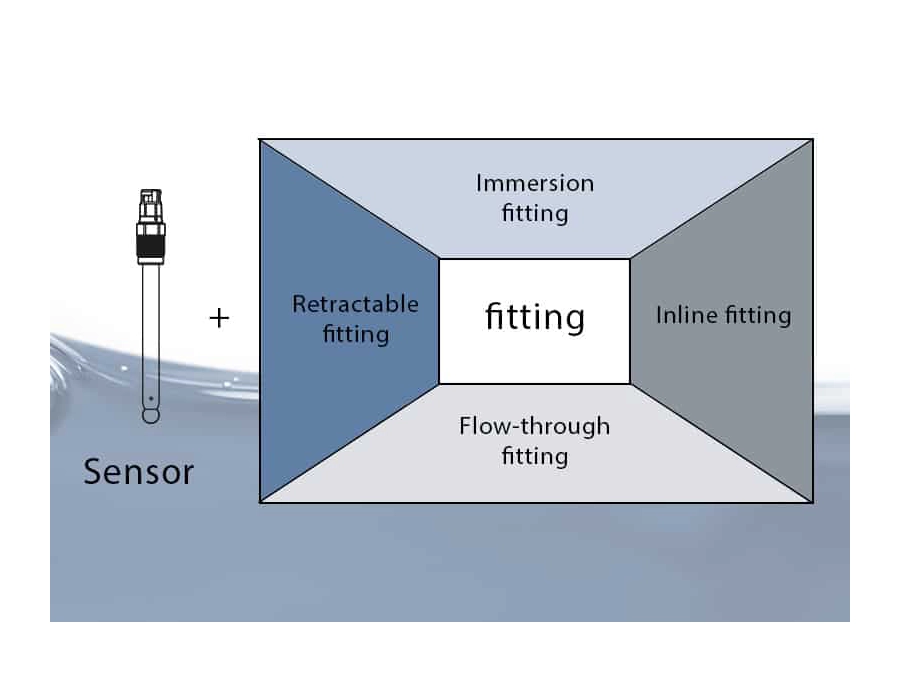A20230 Resistance Transmitter | Space-saving 6 mm Enclosure
Description
The transmitter for potentiometers for position determination, path measurement or setpoint specification in a 6 mm housing.
- Universal usability
with potentiometers, resistive sensors, remote resistance transducers and similar sensors - Intuitive configuration
of basic parameters – easy, without tools, using 4 rotary and 8 DIP switches - Calibrated range selection
without complicated trimming - Convenient adjustment
Start and end points are directly adjusted “at the push of a button“ using the teach-in function - Protective separation
according to EN 61140 – protection of the maintenance staff and downstream devices against excessively high voltages up to 300 V AC/DC - High accuracy
with innovative switching concept - Minimum space requirement
in the enclosure – only 6 mm wide modular housing – more transmitters per meter of mounting rail - Low-cost assembly
quick mounting, convenient connection of power supply via DIN rail bus connectors - 5-year warranty
The Task
In many fields of industry the positions of actuators or setpoint devices, for example, must be measured accurately. In many cases they are used as a reference input for controllers or monitoring systems, safety shutdown systems, or for similar critical tasks. As a rule, high demands are placed on function, accuracy, flexibility, and electrical safety. Rotary motion can be measured with potentiometers configured as angle sensors, ranslational motion with linear potentiometers as path sensors. These and other sensors provide a raw signal which is prepared, scaled and converted into a standard signal for further processing using a resistance transmitter.
The Problem
Commercial position sensors have individual characteristics, which requires tedious and time-consuming adjustment of the respective resistance transmitter using otentiometers. Furthermore, resistance transmitters up to now had a very wide modular housing and therefore occupied a large amount of space in the enclosure. For world-wide applications, several versions with different supply voltages were often used.
The Solution
The universal A20230 resistance transmitters provide connection possibilities for all standard potentiometers for angle, path or position detection up to 50 kohms. They can be flexibly adapted to the respective measuring task using DIP and rotary encoder switches or via a “teach-in function“. 3-port isolation with protective separation up to 300 V AC/DC according to EN 61140 ensures optimum protection of personnel and equipment as well as unaltered transmission of measuring signals. The A20230 offer maximum performance in the smallest of spaces. Adjusting the start and end value to the individual position sensor is particularly convenient using the “teach-in function“ – just at the push of a button on the front of the device. Sensors with known characteristics can be very easily calibrated using four rotary encoder switches and eight DIP switches. Special measuring tasks can be solved with SensoTrans devices which Knick configures according to individual specifications. Fixed-range devices without switch are used, for example, when manipulations or mix-ups must be precluded.
Knick Products Comply With UL - What Does That Mean?
Jan 2018
Interface Technology
We look forward to hearing from you!
Contact Us
| Input: | Potentiometers, Resistors |
|---|---|
| Output: | 0 ... (±)5 V, 0 ... 10 V, 0 ... 20 mA, 4 ... 20 mA |
| Isolation AC/DC: | up to 300 V |
| Test Voltage: | 2.5 kV AC |
| Power Supply: | 24 V DC |
| Ambient operating temperature: | 0 … 55 (65) °C |
| Dimensions (W x L x H): | 6.2 x 93 x 101 mm |
| Product Category: | Sensor Transmitter |










